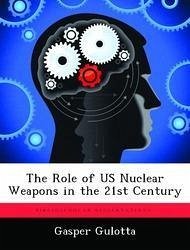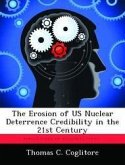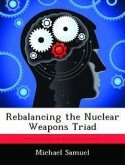For over 50 years, US nuclear deterrence strategy protected the United States against Soviet expansionism and dominance. US nuclear weapons provided parity between overwhelming numbers of conventional Soviet forces and far fewer US and NATO forces, Far from being constant, however, US nuclear deterrence policy shifted during those years in response to geostrategic circumstances. The strategies of massive retaliation, flexible response, and mutually assured destruction each accomplished a similar mission - provide a deterrent against massive Soviet attack against the West. "Nuclear deterrence was arguable at work during the de-escalation of the Korean War, the Berlin Crisis, and the Gulf War. For the last 50 years, US strategic planners found the most dangerous threat and the most likely threat to the US emanated from the same source - the Soviet Union. Planning was relatively straightforward. Today, US strategic planners are faced with a more uncertain world as the most dangerous threat to US survival remains a heavily armed Russia but asymmetric attacks from non-state actors using WMD has supplanted communist expansionism. US strategic deterrence must face both scenarios, now emanating from entirely different sources.







